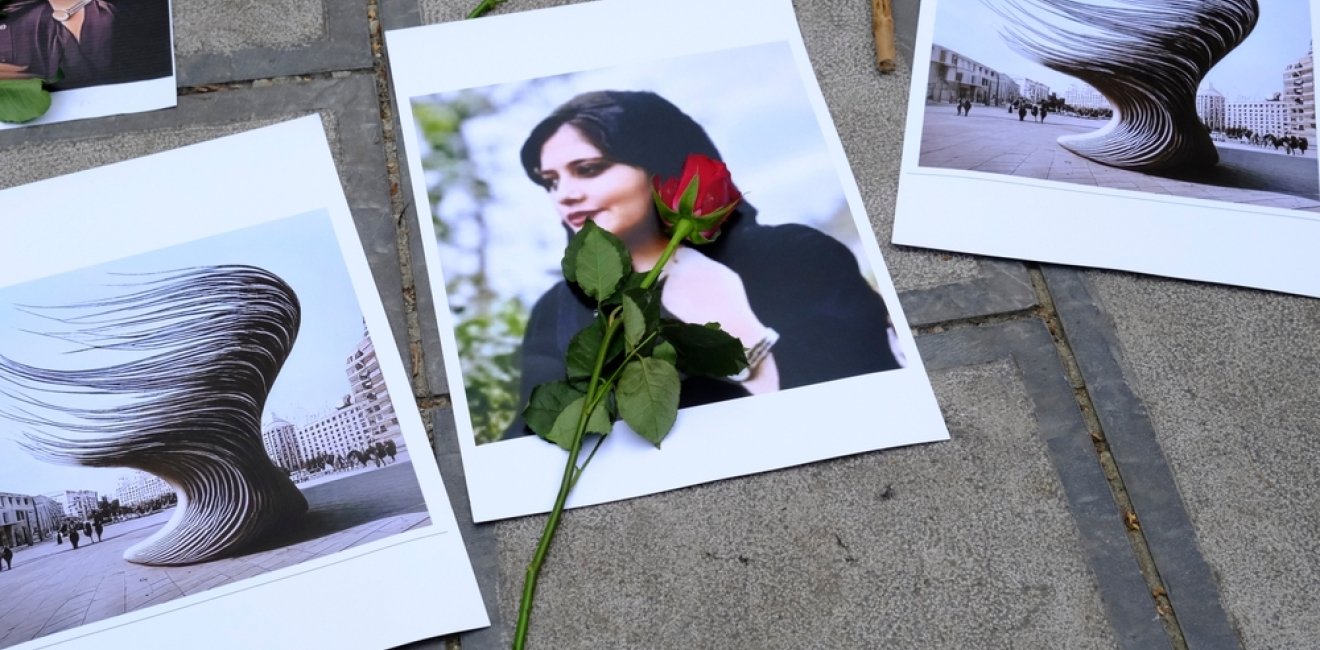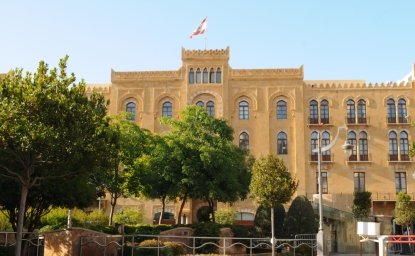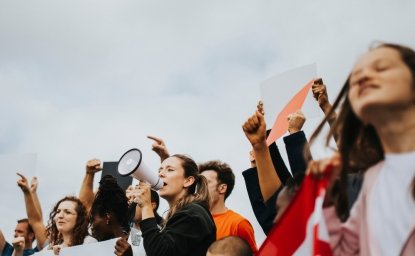And big crowds, particularly of girls and women of all ages, began to join in protest demonstrations that soon engulfed the whole capital city. It did not take long for people in other parts of the country to rise and cry out against this wanton crime.
As the Wilson Center was preparing publications to commemorate the second anniversary of the death of Mahsa Amini at the hands of Iran’s Morality Police, the Washington Post reported on how the Islamic Republic is increasingly turning to criminal gangs in the West to quell dissidents and critics—another worrisome development adding to the litany of threats the Iranian regime poses to the United States, as well as Iranians in the diaspora whose work highlights the ills of the regime. Accordingly, we decided to publish the reflection below from an Iranian scholar whose work has always been dedicated to democracy, dialogue, and peace.
Their story begins like this:
“On September 16, 2022, I was returning from a later appointment with my dentist. I walked toward a close by taxi stand. As I was about to engage one of the drivers, a harried looking young woman approached. We all became concerned as we observed her disturbing condition. We asked what had troubled her so sorely. She said she had just been released from the security forces that had arrested a few women for ‘bad hijabi.’ One of the women was arrested and pushed into a waiting bus to be taken to a security center to be lectured. This woman was severely beaten and could not stand on her legs. She began to sway and fell to the floor. Many of us cried out for help, as we could easily tell that her condition was very serious and needed immediate attention.
‘Our pleas fell on deaf years until one of the persons with first aid skills examined her and confirmed the fears of the other women. By the time she was placed on a stretcher to be carried to a hospital, her life had slipped away. The rest of us were soon released and instructed not to talk about what we had observed, otherwise we would get into serious trouble,’ she said.
She shared a ride with me. And as she talked, with her tears flowing, the taxi driver was very incensed. He advised her to ensure that the media would learn about the story, and those who had taken an innocent life would be called to task. The other taxi drivers also moved emotionally and recommended action to generate public outrage and hold the criminals accountable.
In the next few days, the news leaked out. And big crowds, particularly of girls and women of all ages, began to join in protest demonstrations that soon engulfed the whole capital city. It did not take long for people in other parts of the country to rise and cry out against this wanton crime. After trying to pacify the people with blatant lies that no one believed, the regime took to applying brutal force to put down the protest movements. After applying this considerably ruthless use of force, used with blatant impunity, the protests in Tehran simmered down but continued to move with unrelenting energy in other cities. To the awe of all people neither murder, torture, beatings, nor imprisonment seemed to intimidate the young protesters.
Some remarkable features of this movement led by young girls were that boys, men, and parents stood behind the movement and followed the leadership of the young women. The young girls declared that the efforts of the adult population to mitigate the oppression of the Islamic regime had not worked. The older people were mostly intimidated. So, they carried out their own movement. It won widespread admiration of all groups and soon became a model which several brave young Afghan women tried to emulate.
Currently, the movement is still alive and posing a serious threat to the forces of oppression and injustice.”
As we followed developments in Iran on September 15 and 16, the day of the anniversary, we learned that 34 women prisoners went on hunger strike to mark two years since protests erupted against the Islamist regime in Tehran. Further, as Wilson Center Distinguished Fellow Robin Wright presents in the Iran Primer, Iran has been “encouraging, sanctioning and endorsing human rights violations against women and girls flouting the mandatory hijab,” according to the UN Independent International Fact-Finding Mission on Iran. Finally, in the words of co-founder of the US-based Abdorrahman Boroumand Center for Human Rights in Iran, Roya Boroumand, despite the repression Iranian protesters, especially women, have endured, “many young women remain defiant” and the “regime has not restored the status quo ante nor regained its lost legitimacy.”
The views represented in this piece are those of the author and do not express the official position of the Wilson Center.
A previous version of this article stated that Roya Boroumand is the co-founder of the Center for Human Rights in Iran. The correct name of the organization is the Abdorrahman Boroumand Center for Human Rights in Iran.
This article was updated 25 September 2024








